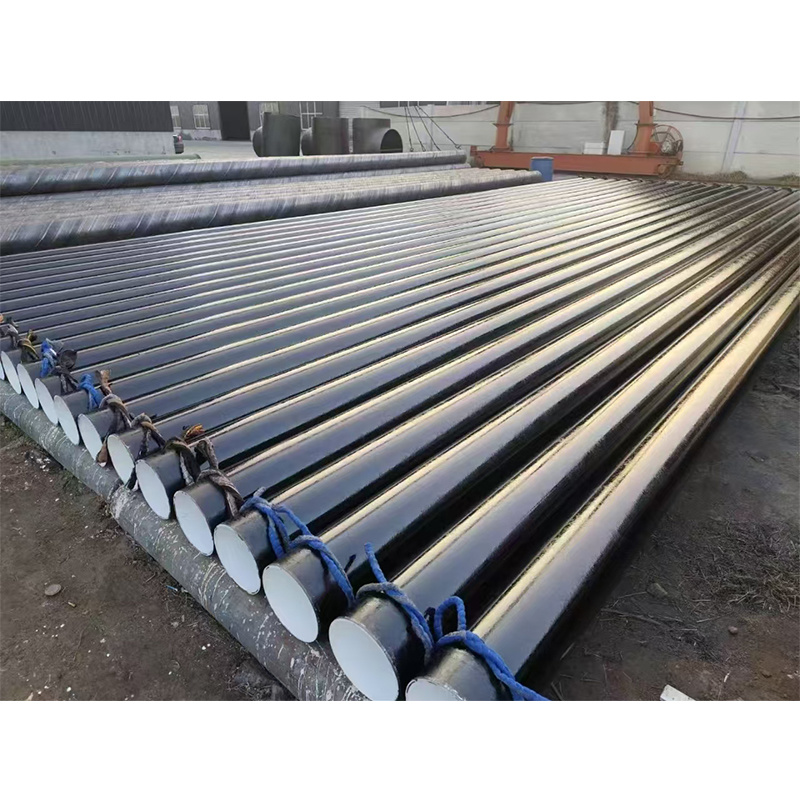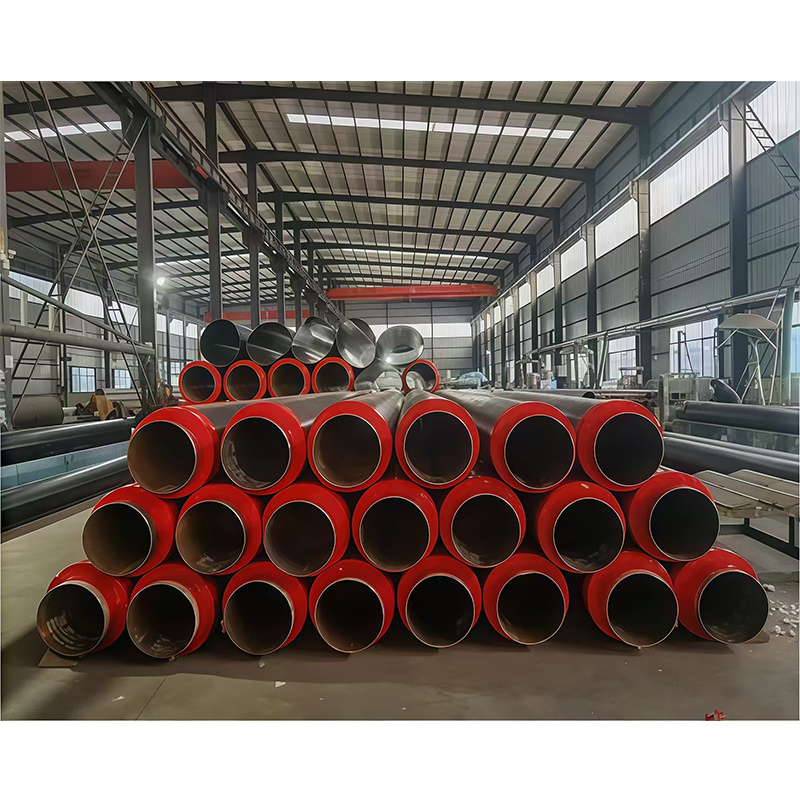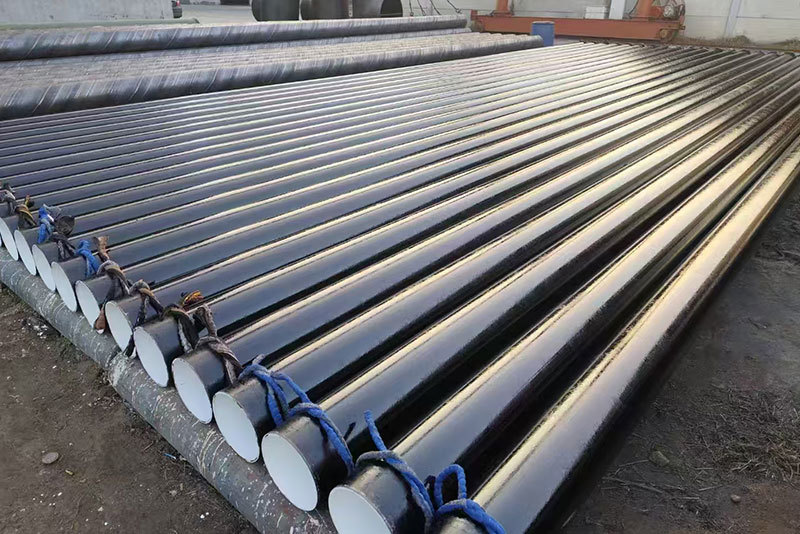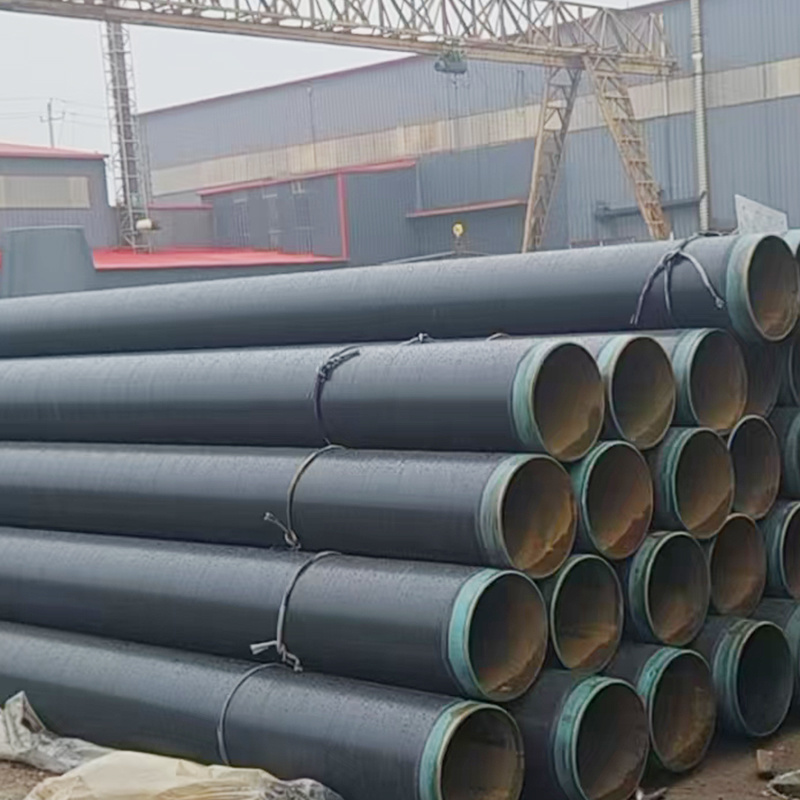Use of Insulated Steel Pipe
Sep 29,2024
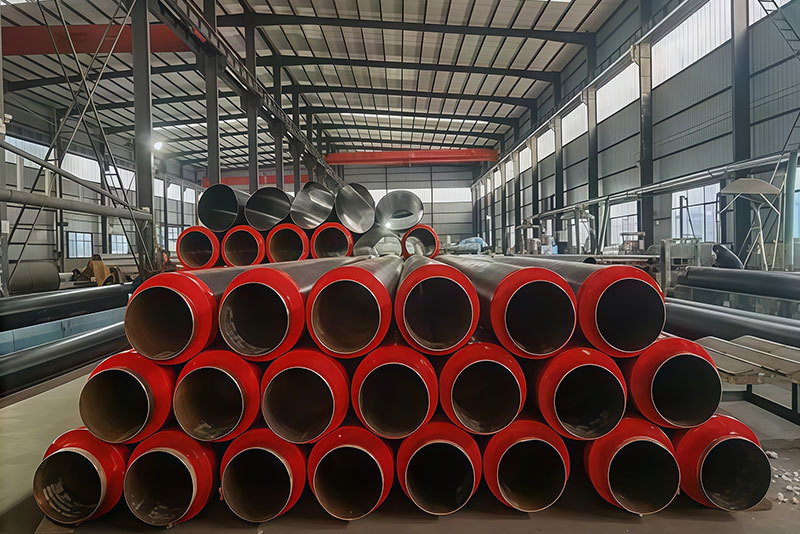
Use of Insulated Steel Pipe
Insulated steel pipes have become a fundamental component in various industries, particularly in the realms of oil and gas, power generation, and district heating systems. These pipes are engineered to transport fluids at specific temperatures while minimizing energy loss and maintaining efficiency. This article delves into the design, benefits, applications, and challenges associated with insulated steel pipes.
**Understanding Insulated Steel Pipe**
Insulated steel pipes consist of a steel pipe covered with insulation material, which is designed to reduce heat transfer between the fluid inside the pipe and the external environment. The insulation can be made from various materials, including polyurethane foam, polystyrene, or fiberglass. The choice of insulation material often depends on the application, temperature range, and environmental conditions.
The insulation layer not only prevents heat loss but also protects the steel pipe from corrosion and environmental factors. The combination of steel and insulation provides a robust solution that enhances the longevity and efficiency of piping systems.
**Benefits of Insulated Steel Pipe**
1. **Energy Efficiency**: One of the primary advantages of insulated steel pipes is their ability to minimize heat loss. In industries where temperature maintenance is critical, such as in steam transport or hot water systems, insulated pipes can significantly reduce energy consumption. This not only leads to cost savings but also promotes sustainability by lowering greenhouse gas emissions.
2. **Corrosion Resistance**: Insulation materials often provide a barrier against moisture and other corrosive elements. This protection is vital for steel pipes, as corrosion can lead to structural failures and costly repairs. By using insulated pipes, industries can extend the lifespan of their infrastructure and reduce maintenance costs.
3. **Safety**: Insulated steel pipes enhance safety in industrial environments. By minimizing the external temperature of the pipes, the risk of burns or thermal injuries to workers is reduced. Additionally, insulated pipes can help prevent the formation of ice on external surfaces in cold environments, thereby reducing slip hazards.
4. **Versatility**: Insulated steel pipes are versatile and can be used in a wide range of applications, from transporting hot liquids in power plants to carrying cold fluids in refrigeration systems. This adaptability makes them suitable for various industries, including chemical processing, food and beverage, and HVAC systems.
**Applications of Insulated Steel Pipe**
Insulated steel pipes are widely used across multiple sectors.
1. **Oil and Gas Industry**: In the oil and gas sector, insulated pipes are crucial for transporting heated crude oil and natural gas. The insulation helps maintain the temperature of the fluids, preventing them from solidifying and ensuring efficient flow through pipelines.
2. **District Heating Systems**: Many cities use insulated steel pipes for district heating, where hot water is distributed to multiple buildings from a central heating plant. The insulation minimizes heat loss during transportation, allowing for more efficient heating solutions.
3. **Power Generation**: In power plants, insulated pipes are used to transport steam and hot water. The efficiency of the power generation process can be significantly enhanced by reducing heat loss, leading to lower operational costs and improved output.
4. **Industrial Processes**: Various industrial processes require precise temperature control. Insulated steel pipes are utilized in chemical processing, food production, and other manufacturing operations to ensure that temperature-sensitive materials are transported safely and efficiently.
**Challenges and Considerations**
While insulated steel pipes offer numerous benefits, there are also challenges and considerations to keep in mind.
1. **Cost**: The initial investment for insulated steel pipes can be higher than for standard steel pipes. However, the long-term savings in energy and maintenance costs often justify the upfront expense.
2. **Installation**: Proper installation is crucial for the effectiveness of insulated pipes. Poor installation can lead to gaps in insulation, which can negate the benefits of heat retention and lead to increased energy loss.
3. **Maintenance**: While insulated pipes are designed to be durable, regular inspections are necessary to ensure that the insulation remains intact and that the pipes are not subject to corrosion or damage.
4. **Environmental Considerations**: The choice of insulation material can have environmental implications. It is essential to select materials that comply with environmental regulations and sustainability goals.
**Conclusion**
The use of insulated steel pipes is integral to enhancing efficiency and safety in various industrial applications. Their ability to reduce heat loss, resist corrosion, and provide versatile solutions makes them a preferred choice in many sectors. Despite the challenges associated with cost and maintenance, the long-term benefits of insulated steel pipes often outweigh these concerns. As industries continue to prioritize energy efficiency and sustainability, the demand for insulated steel pipes is likely to grow, paving the way for innovative applications and advancements in materials technology. By investing in insulated steel pipes, industries can ensure a more sustainable and efficient future.
Next
Next:
Related Posts
Understanding Marine Painted Steel Pipes: Essential Insights for the Construction Industry


